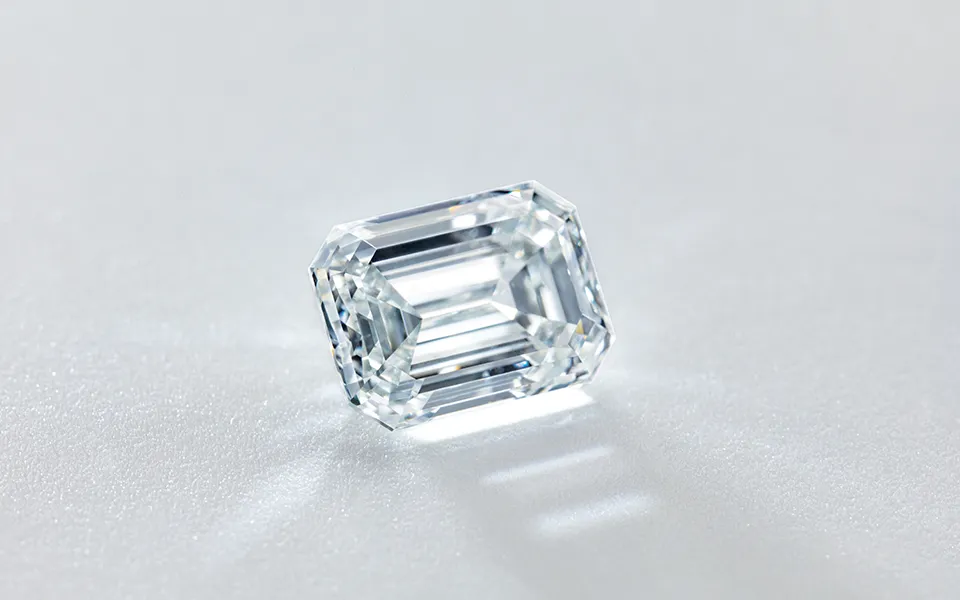Diamond Carat

Weight, Presence, and What They Really Mean
Carat is often the most talked-about of the 4Cs—but also the most misunderstood. Many think of it as size, but in truth, carat measures weight. Two diamonds with the same carat weight can look quite different depending on shape and cut.
At Chrysella, we guide you to see carat for what it is: one part of a much larger story.

What Is Carat?
A carat equals 200 milligrams. Diamond pricing rises with carat weight—but not always in a linear fashion. For example, a 1.00ct diamond often costs significantly more than a 0.90ct diamond, even if they appear nearly identical in size.
Why? Because whole-carat benchmarks (1.00, 1.50, 2.00, etc.) are in higher demand.
Visual Size vs. Carat Weight
Some shapes look larger than others at the same carat:
- Oval and marquise stones maximize spread
- Round brilliant has more depth, may face up smaller
- Cushion and Asscher shapes retain weight deep in the stone
Even a 0.85ct diamond with a great cut can appear larger than a poorly cut 1.00ct.
Maximizing Value
When helping clients choose a diamond, we often recommend:
- Looking just under benchmark weights (e.g., 0.90ct instead of 1.00ct)
- Prioritizing cut over size
- Exploring shapes that face up larger
This way, you can get more beauty for your investment and more brilliance on your hand.
Chrysella’s Perspective
We don’t focus on carat for the sake of a number. We focus on balance size, sparkle, proportion, and fit.
Whether you’re going bold with a 3-carat centerpiece or refined with a delicate stacker, we’ll make sure the ring feels as good as it looks.
Because it’s not just about weight—it’s about presence.